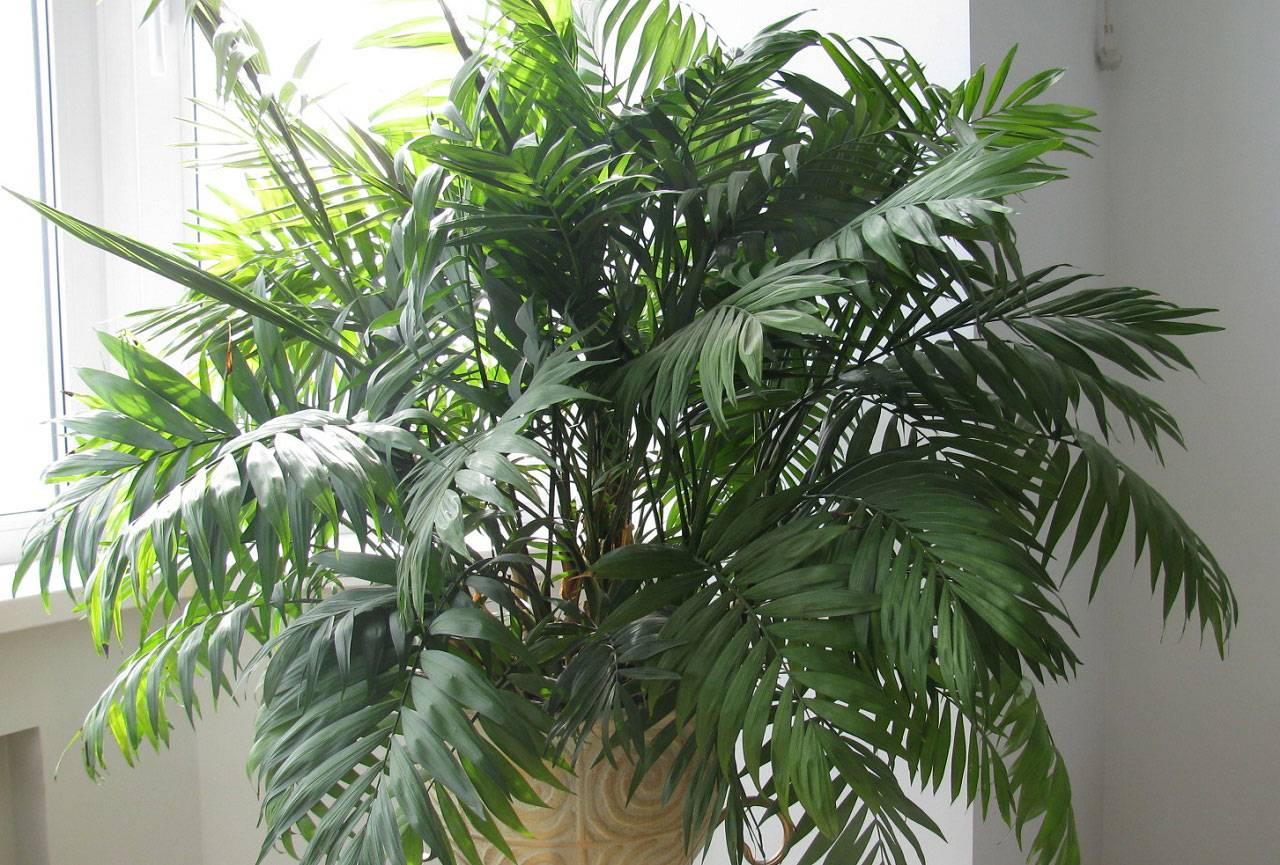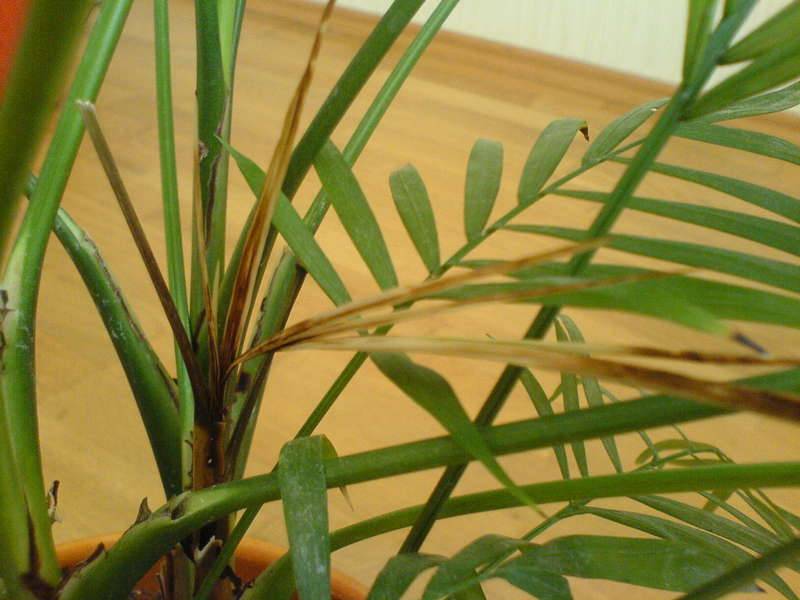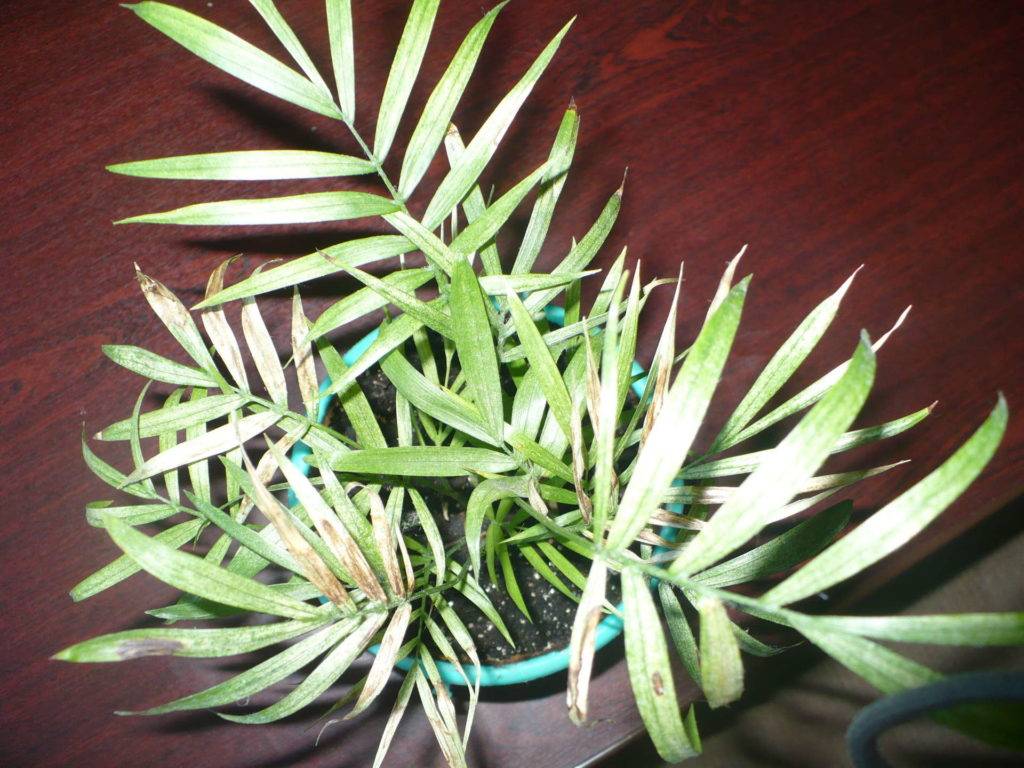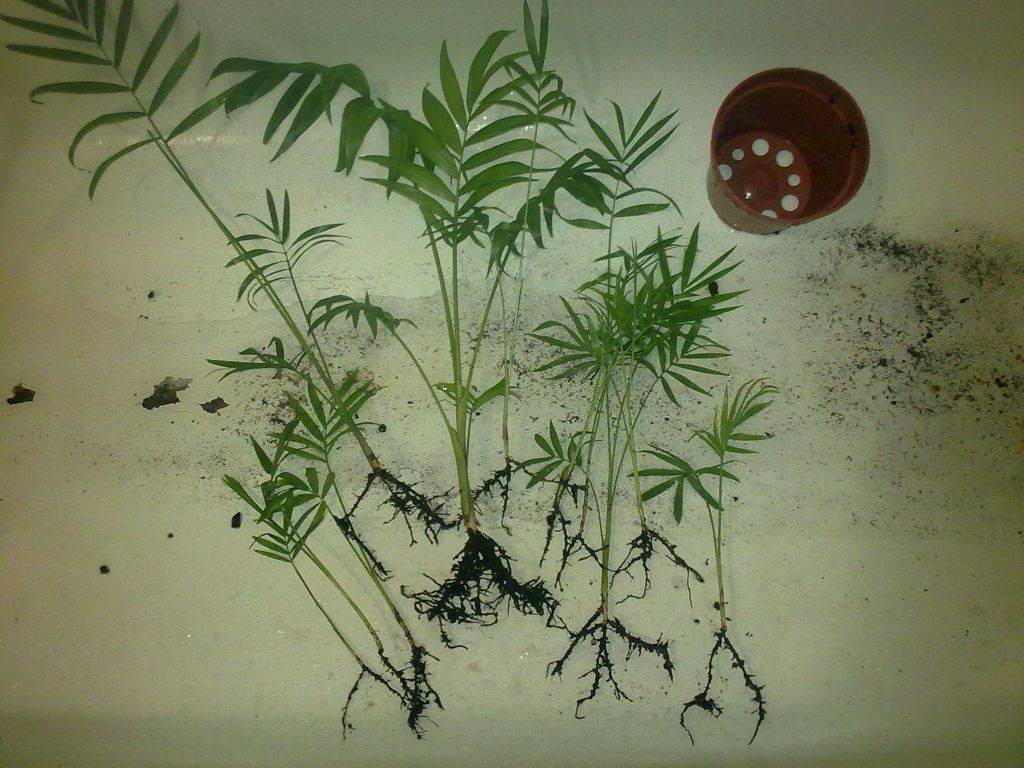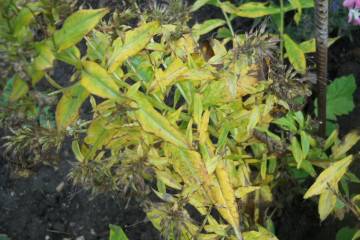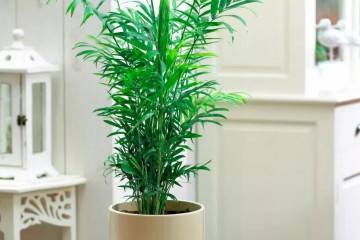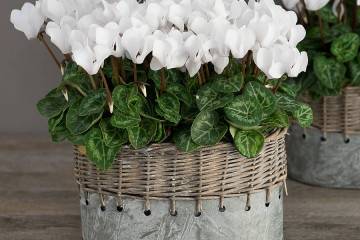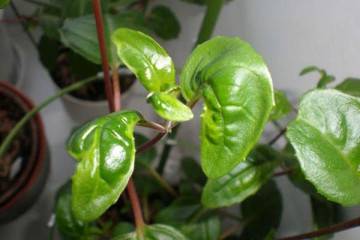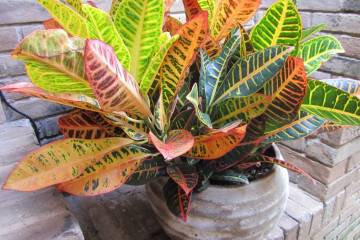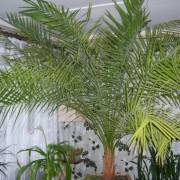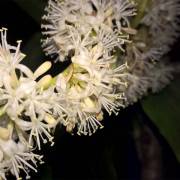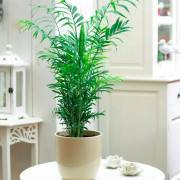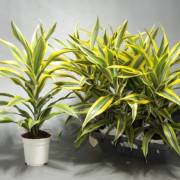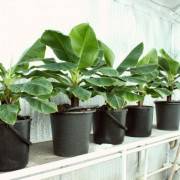Chamedorea flower - leaves dry, what to do
Content:
Hamedorea (Chamaedorea) is a low palm tree from the tropical forests of America and Mexico. Of all the palms, representatives of the chamedorea genus are the best suited for keeping in the interior. The plant is bushy, with numerous trunks extending from one root. The flower has narrow feathery leaves, located on a thin, sturdy stem. The lower leaves fall off, leaving ring-shaped traces, which makes the thin stems look like bamboo, therefore, chamedorea is also called reed, or bamboo, palm.
Hamedorea leaves dry: reasons
The palm tree is completely unpretentious and is able to get used to different conditions of detention, but it always reacts poorly to their abrupt change. Nevertheless, in order to avoid the death of the plant, drying of the leaves, the appearance of diseases, it is still necessary to care for the plant.
There are several reasons why chamedorea leaves dry:
- illumination. The palm tree does not like direct sunlight and requires shading;
- temperature. With sudden changes in temperature, the plant's roots rot, and at 12 ° C it dies;
- priming. The soil requires loose, nutritious, slightly acidic;
- not enough storage. The root of the chamedorea grows deeper, so a narrow and high pot is required;
- watering. The flower is afraid of waterlogging, the soil between waterings should dry out to the middle of the pot;
- spraying. Hamedorea requires air humidity like in the tropics, so you need regular spraying and wiping the leaves with a damp cloth;
- diseases and pests. With improper care, the palm tree can be susceptible to attacks by pests and diseases.
Hamedorea: home care, leaf tips dry
You can determine the reason for the drying of the leaves by their appearance. For example, chamedorea leaves discolor when attacked by a spider mite. In this case, yellow blotches first appear, and as a result, the leaves dry out.
Why do the leaves of chamedorea turn yellow? Not receiving a sufficient amount of additional humidification of the air, the leaves of the palm tree turn yellow. If the tips of the leaves dry out in chamedorea, there may be several reasons: low air temperature, pests, improper watering. It is also necessary to reduce watering if black dots appear on the leaves of the chamedorea. Excessive sun exposure causes leaf burns and dry brown spots.
Yellowing and dying lower leaves are a natural change in leaf cover, you should not worry here. Transplanting a palm tree can also lead to drying out of the tips of the leaves, but this phenomenon is temporary until the plant adapts to new conditions.
Diseases
Hamedorea can adapt to any conditions of detention, but still improper home care leads to a loss of plant strength and the appearance of a number of diseases. Among them:
- leaf spot. The disease appears when the soil is waterlogged in a pot or when the temperature drops. With it, the leaves are covered with spots of gray, white, brown. The fungus spreads very quickly and leads to the complete wilting of the chamedorrhea. It is necessary to stop watering, letting the soil dry out, and also cut off the damaged parts of the leaves and treat the plant with a fungicide;
- pink rot is a disease of the roots of chamedorea, which is manifested by the appearance of pink wet spots on the leaves. The cause of the disease can be stagnant water in the pot or contaminated soil.Over time, the trunk rots, and the plant can no longer be saved. Treatment consists in replacing the soil, pruning rotten roots and treating them with fungicidal preparations;
- wilting of shoots. It is manifested by the appearance of putrid brown spots with white spores at the base of the trunk. If urgent measures are taken to treat with an insecticide, the plant can be saved;
- fusarium. Damage to chamedorea shoots that does not affect the root system. Stems with leaves begin to darken, wither, turn pale and can dry out completely. Treatment with insecticides (actellik, phytoferm) is required;
- anthracnose. The fungus covers the leaves with light spots. Over time, the color changes to brown with a yellow border around the edges. The plant is treated with an insecticidal preparation rovral.
Pests
When chamedorea is waterlogged or, conversely, in a dry room, the plant is attacked by pests. Most often appear:
- spider mite. The leaves on the palm first turn pale, then turn yellow and dry out. On the underside, you can see cobwebs. The plant is washed with soapy water or infusion of wormwood, chamomile, dandelion. If you cannot cope with the pest, you need to treat the chamedorea with an insecticide. The insect spreads in hot, dry rooms. To combat it, it is necessary to maintain the humidity in the room;
- mealybug. Chamaedorea withers, the leaf is covered with white fluff, turns yellow and falls off. Clean the plant with a cotton swab moistened with alcohol. Treatment with onion peel infusion will also help, with the formation of a large colony - with chemicals;
- shield. If brown bumps and sticky secretions appear on the leaves and stems, it means that the plant has been attacked by a scale insect. You need to deal with it manually. To do this, a cotton pad is moistened with alcohol and all parts of the plant are thoroughly wiped, after which it can be additionally treated with an insecticide.
Soil moisture
For hamedorea, two watering schedules are required: summer and winter. In summer, the palm tree needs abundant watering 2-3 times a week, but at the same time between procedures the soil should have time to dry out by a third of the pot. And in winter, the plant begins a dormant period, and watering is reduced to once a week. Also in winter, the soil is allowed to dry out to the middle of the pot.
The soil in the pot should be light and loose and allow water to flow through. The optimal drainage height is about a third of the pot. There should be no stagnation of water in the soil at all, otherwise the roots of the plant begin to rot, diseases and pests develop, which can lead to the death of chamedorea. Between waterings, the soil should be allowed to dry one third of the pot.
Air temperature
The ideal temperature for keeping a palm tree is 18-23 ° C, in winter it is slightly lower than in summer, but it tolerates chamedorea and higher temperatures. But with sudden changes, it does not feel comfortable: the roots begin to ache, the leaves dry.
Decay of roots
Root decay leads to chamedorrhea disease, drying of leaves and stems and death of the plant. If the appearance of the palm tree deteriorates, measures must be taken to rehabilitate it.
Decay of the roots of chamedorea can be caused by two reasons: stagnant water in the soil, fungal disease. In both cases, transplanting into a new pot is recommended. Drainage must be poured into a new flowerpot, then a loose nutrient mixture, warmed up in an oven or microwave to exclude fungal infections.
The roots of the chamedorea are treated with fungicides and insecticides, the decayed parts are cut off and placed in a new pot. It should be noted that the plant does not tolerate transplanting well, therefore it is necessary to act very carefully.
Other possible problems
Especially hamedorea needs high air humidity. Dry air can cause dry leaves. The flower must be sprayed and wiped with a damp cloth
A cat living in the same house with a chamedorea can destroy the plant. To protect the palm, you can spray it with lemon juice and dig lemon peels into the ground.
With proper home care, chamedorea will delight the owner with its rich greenery, complementing the interior and cleaning the room from harmful substances.
